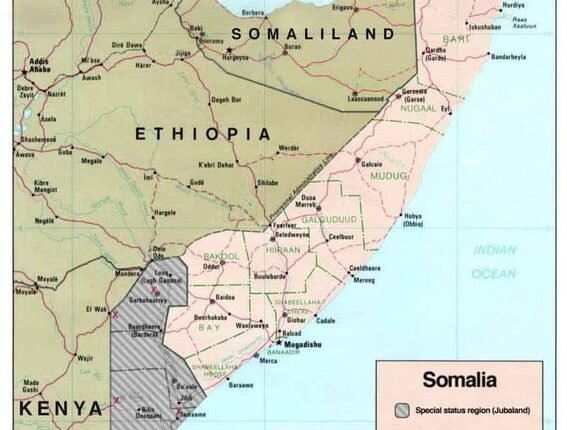In a shocking and unexpected turn of events, two of Kenya’s most senior roads infrastructure leaders Kenya National Highways Authority (KeNHA) Director General Kungu Ndungu and Kenya Rural Roads Authority (KeRRA) Director General Philemon Kandie quit office simultaneously on July 11, 2025. The lack of any formal reason has sparked interest, increased speculation, and posed a threat of a shake-up or an internal crisis within Kenya’s road infrastructure institutions.
While public dismissions in Kenyan parastatals are not common, collective leadership exit at two of the most critical agencies controlling the country’s road network is unprecedented. Synchrony suggests pressure from the top, an internal conflict not seen before, or a planned transfer of power by the government for unspecified reasons, perhaps because of court rulings or political realignment.
The resignations come at a sensitive time. A previous court order this year instructed road agencies to be decentralized, arguing that counties play a more active role in road upkeep and project management. The order defying central control of infrastructure by the national government has been received both positively and negatively by different stakeholders.
Others believe that the simultaneous resignations are traceable to this ongoing legal and administrative battle, as both KeNHA and KeRRA have always had a strong grip over planning, budgeting, and procurement of national roads and rural roads, respectively. With billions of shillings invested in ongoing and future projects, decentralization, whenever it is tried, will understandably disrupt present power dynamics and procedures.
Upon Ndungu’s exit, Luka Kimeli was appointed acting Director General of KeNHA, suggestive of a bid to ensure continuity. Still, there has not been any official statement suggestive of the appointment of a direct replacement for Kandie at KeRRA, creating a gap in the agency responsible for the development of rural roads in Kenya’s 47 counties.
Inability to have stable leadership at KeRRA could delay the construction and maintenance of roads, particularly in rural and marginalized regions. Roads are arteries that supply millions of Kenyans with basic needs such as access to markets, schools, and health facilities. In the short term, disbursement of the budget and coordination among contractors would be impacted without direction.
O. Continuous mega-projects like the Nairobi Expressway. widening, improvement of the Mombasa-Mariakani highway, and Lamu Port-South Sudan-Ethiopia Transport (LAPSSET) corridor may experience operational delays due to administrative instability. Transparency and stability in leadership are among the key drivers of successful infrastructure delivery, concludes the 2023 World Bank report on East African road development and governance.
The study underscored that changes in leadership within state infrastructure institutions have a tendency to lead to delays, communication breakdown with contractors, and procurement bottlenecks especially where transitions are ill-planned and communicated. In Kenya’s scenario, the double sudden resignation added an additional layer of worry to already strained infrastructure finance climate.
Resignations are also occurring at a time when pressure for greater power and money devolution to counties is mounting in line with the 2010 Constitution. As it is the Council of Governors (CoG) which constantly laments underfunding and administrative delay by national agencies like KeNHA and KeRRA, the court directive of decentralization may well have hastened these resignations either in protest, compliance, or in house restructuring.
Civil society groups have also supported the possibility of more counties gaining control over roads with the argument that counties best know and can understand local requirements and address them rapidly as rapidly evolving needs. Critics observe that not every county has the capabilities, technical competence, or good governance that would be necessary for large-scale infrastructure development and that decentralization must be implemented in a phased manner to avoid abuses and stagnation.
These resignations, as uncomfortable as they are, present an opportunity for institutional rejuvenation. The government can use this opportunity of change to streamline coordination between the national and county governments, merge control structures, and improve transparency in procurement and project reporting. It could also spur long-overdue digitalization of road project tracking and stakeholder engagement.
The future of Kenya’s infrastructure sector is in doubt but not ominous. The pace at which Luka Kimeli has been appointed at KeNHA is a step towards continuity, though leadership instability at KeRRA remains. Kenyans will be waiting to see whether the government will embrace reform and decentralization or whether these resignations are merely an iceberg tip of a bigger internal battle.
Whatever the situation, the stakes are high. As Kenya’s transport network is the spinal column of trade, agriculture, tourism, and national integration, stable and effective leadership at KeNHA and KeRRA is not just a bureaucratic matter it is a national one.
Nairobi Expressway, LAPSSET Face Delays as KeNHA, KeRRA Chiefs Step Down



